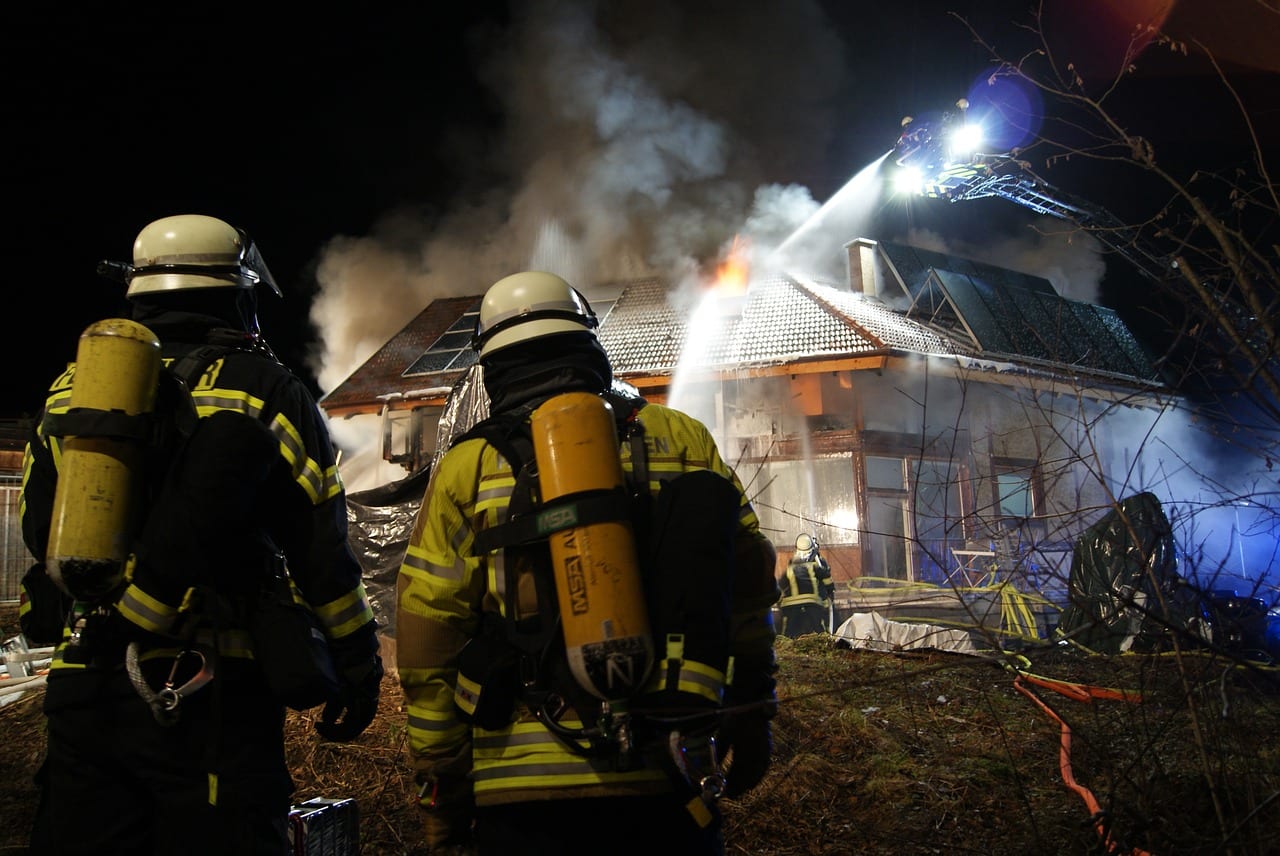
Safety risks always appear somewhat distant and unlikely. They seem to happen with other people, and we get used to emergencies as something that appears only in the news feeds. However, statistics remain disturbing. About 360,000 households annually suffer from home fires nationwide. Around 14.6 million homes are at constant risk of immediate flooding because of hurricanes and storms. Smaller accidents like preventable falls, strokes, and injuries also hit millions.
For that reason, there’s a pressing need for an effective emergency reporting system you can leverage whether you’re traveling, staying at home, or having outdoor leisure time. Today we would like to introduce you to the core principles of accident reporting and distinguish the use cases for emergency reporting software. You will also learn how personal emergency reporting apps can benefit you and what features they provide.
What Constitutes an “Emergency”?
Emergency means a sudden or accidental event that interrupts the normal flow of life and requires immediate intervention. Without a quick response, there are considerable risks of irreversible harm that might lead to human casualties, severe health damage, loss of property, or environmental damage.
Emergencies that endanger our safety and health fall into several categories:
- Medical emergencies. Acute illness or accidental injuries may strike you anytime. Chronic diseases are also risky, as seizures happen when you least expect them. Fortunately, such health issues are manageable since you can request help from emergency medical (EMS) respondents. On top of that, there are mobile and in-house medical alert systems to reach out to emergency care providers automatically.
- Natural disasters & catastrophes. Those are particularly detrimental as they affect large areas. Municipal and government-level authorities support emergency notification systems guiding residents of the regions at risk on how to secure themselves. There are also apps for real-time emergency monitoring. They inform users about any potential dangers in their location through instant notifications.
- Man-made incidents and disasters. Whether it’s a large-scale industrial catastrophe, emergency at the construction site, or severe car accident, it can be classified as a technogenic incident. You should probably check our overview of specific types of emergency reporting software for road accidents. Trust us – those are really helpful and easy to use.
Overall, emergency response services come to the rescue whenever you’re in distress. However, you can also leverage apps to get notifications on impending natural cataclysms, automatically request emergency services, and enhance your safety in many other ways.
Difference Between Emergency Alert and Emergency Reporting Software
Even though you can combine emergency alerts and reporting software for maximum security, their applications differ. Thus, distinguishing them is important to know when to use each.
Whereas alert software sends immediate notifications in a dangerous situation, emergency reporting software (EMS) is designed to assess the aftermath and adequately document the incident. Both solutions help you request necessary aid, but the first one is entirely purposed for communication with first responders or emergency contacts.
Conversely, reporting software is typically designed for collecting a proof base to proceed with a lawsuit or insurance claims processing. These are, for instance, car accident report apps. However, there is a variety of emergency reporting systems for different purposes, including:
- Law enforcement reporting apps. These products allow you to attach videos, photos, and text descriptions to reports. They can be helpful when you spot a crime or another emergency.
- ERS for fire reporting. They assist fire department dispatchers in fire records management.
- Industry emergency reporting solutions. Those are typically cloud-based apps for corporate use only, like platforms for field technicians and service engineers.
What is The Best Way to Report an Emergency
Using ERS as an emergency reporting tool is reasonable when you need to gather official proof, but you must evaluate the situation to be sure it’s effective. It may be better to go old-fashioned by dialing 911 and requesting professionals to attend the emergency site.
Alternatively, you may decide to inform the administration if you’re unsure whether the situation requires radical intervention. It may be an option if you spend time at a public facility and don’t want to overreact.
On the other hand, you should note the exceptional cases when secure emergency reporting is useless, and you need instant alerts. In particular, emergency notifications are the only choice for an active shooter situation or when you’re put face-to-face with an aggressor. With personal safety apps, you can notify first responders, make audio recordings, and take photos in a hidden emergency mode. Besides, in such cases, your first-time priority should be to seek shelter or fight back. Don’t waste time on texting or phone calls before you ensure your safety. Simply trigger the Emergency SOS feature with a panic button to reach out for help.
3 Emergency Reporting Rules You Should Know
Firstly, you should keep calm regardless of where and how you’ve ended up in a life-threatening situation. It’s crucial to express yourself clearly via phone, not to mention the evacuation from a dangerous area or assisting others. So stop for a while, take a couple of deep breaths, and reassess the situation before taking further steps.
- Update Your Emergency Contacts
Double-check selected contacts if you want to send alerts using a mobile app. Update the contact list of your emergency app to notify the people successfully. Do you plan to have a getaway abroad? Make sure that the receptionist from the hotel or your host will get emergency alert notifications and send immediate help. Are you preparing for hiking? Don’t forget to save the direct phone number of the park rangers. Take these precautions wherever you go: always have an option for aid requests via SOS notifications.
So keep the emergency contacts handy and ensure you can rely on their owners. Plus, you must inform these people that you will reach them in emergencies and expect to get instant help.
- Teach Your Children How to Request an Emergency Help
Kids must know what to do in an emergency from an early age. So teach them that speaking to 911 dispatch might be necessary when things get tough. Kids need to be specific and provide details on:
- What happened, and who is in danger?
- What is the exact address?
- What’s their full name?
- Who is with them?
- Be Informed About Emergency Reporting Systems at the Workplace
It’s not only knowing fire evacuation procedures or first-aid principles that matter. You must learn how to inform professional respondents about an incident at your facility.
Typically, you call the external services or internal personnel. Many industrial premises have stationary alarm systems to notify trained emergency personnel like security service or fire brigade. Some safety protocols also require making coded announcements via intercom stations. It’s a common practice if there’s a supposed or actual armed assault, terrorist attack, or robbery.
Repetitive training and emergency action plan education guarantee a coordinated and prompt response to an unexpected crisis. So be prudent, specify your role in the emergency coping process and work out different emergency scenarios.


